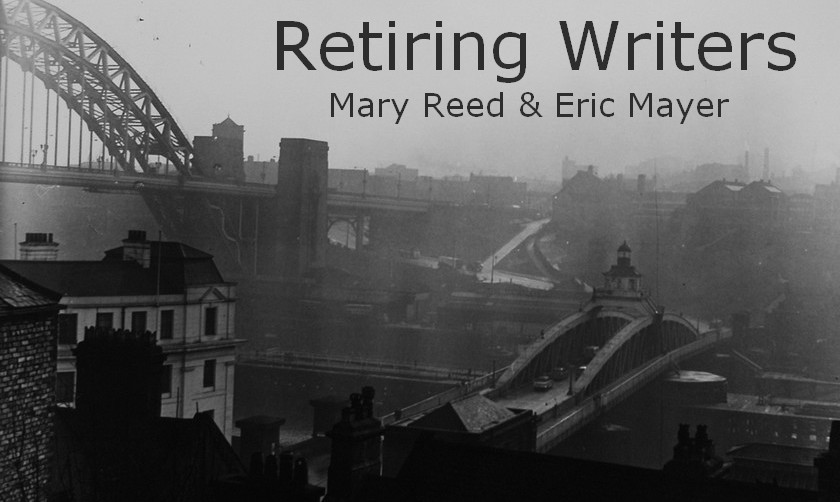Broadway beauty Margaret Odell, dubbed The Canary after her rise to fame playing that yellow avian at the Follies, is found murdered in her flat. The only way to enter or exit her building after 6 pm, when the side door is bolted, is through the front entrance, clearly visible from a telephone switchboard manned 24 hours a day. The side door is still bolted when Miss Odell is discovered strangled, her flat ransacked, and valuable jewelry missing. Yet nobody was seen entering or leaving her home during the relevant period.
Miss Odell has kept company with a number of admirers at one time or another and their ranks provide the suspects: socialite Charles Cleaver, wealthy manufacturer Kenneth Spotswoode, fur importer Louis Mannix, and neurologist Dr Lindquist, not to mention professional burglar Tony Skeel. Philo Vance investigates to the babble of his usual erudite running commentary, seeking answers to such questions as how did the murderer get into Miss Odell's flat without being observed? What was the motive? Could more than one person be involved?
My verdict: The novels in this series always require some suspension of belief, what with Vance and his biographer/narrator Van Dine traipsing around crime scenes with the connivance of DA Markham, in this entry to the extent of lying about in Miss Odell's flat smoking themselves silly. Then there's the question of Vance being permitted to participate in police interviews. But if you lock your disbelief in the cupboard the story rattles along quite well, or at least until the closing stages wherein the identity of the murderer is deduced via a poker game in DA Markham's home, a daring stroke of plotting, I admit, but somehow it felt curiously flat. This is probably because I'm not a poker player so the lengthy explanation needed acted as a brake on the action for me. And how did the murderer get into the locked flat unseen? GAD fans will probably know the method from elsewhere but my gripe is Vance coneals the necessary information from Markham *and* the reader until very late in the game. So ultimately a bit of a disappointment for this reviewer at least.


I would agree with almost all of that, and most of it is true of all the Vance books. What Van Dine wrote was far from the cream of the crop. I will say, though, that everything I have ever read about actual police work suggests that smoking at a crime scene (like smoking almost anywhere) was very common, and not recognized as something that would contaminate a crime scene until fairly recently.
ReplyDeleteTa.
DeleteThanks for your comment, Don. Ref smoking at the crime scene, had Sherlock Holmes been involved in this case he could well have wound up pointing a finger at the wrong man, given in The Sign of Four he mentions his treatise Upon the Distinction between the Ashes of the Various Tobaccoes, going on to reveal he enumerates a hundred and forty forms of cigar-, cigarette-, and pipe-tobacco in it -- with colored plates illustrating their differences, no less. "It is a point which is continually turning up in criminal trials, and which is sometimes of supreme importance as a clue", he rightly says but we might well ask ourselves how would he be able to distinguish criminal ash from investigator ash -- a question for the ages, no doubt!
Mary R